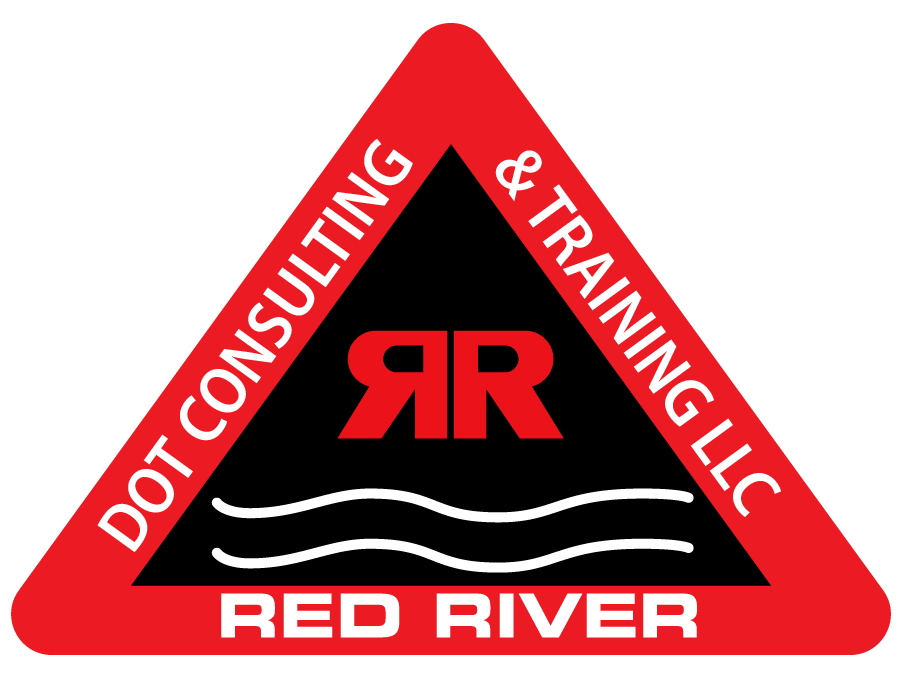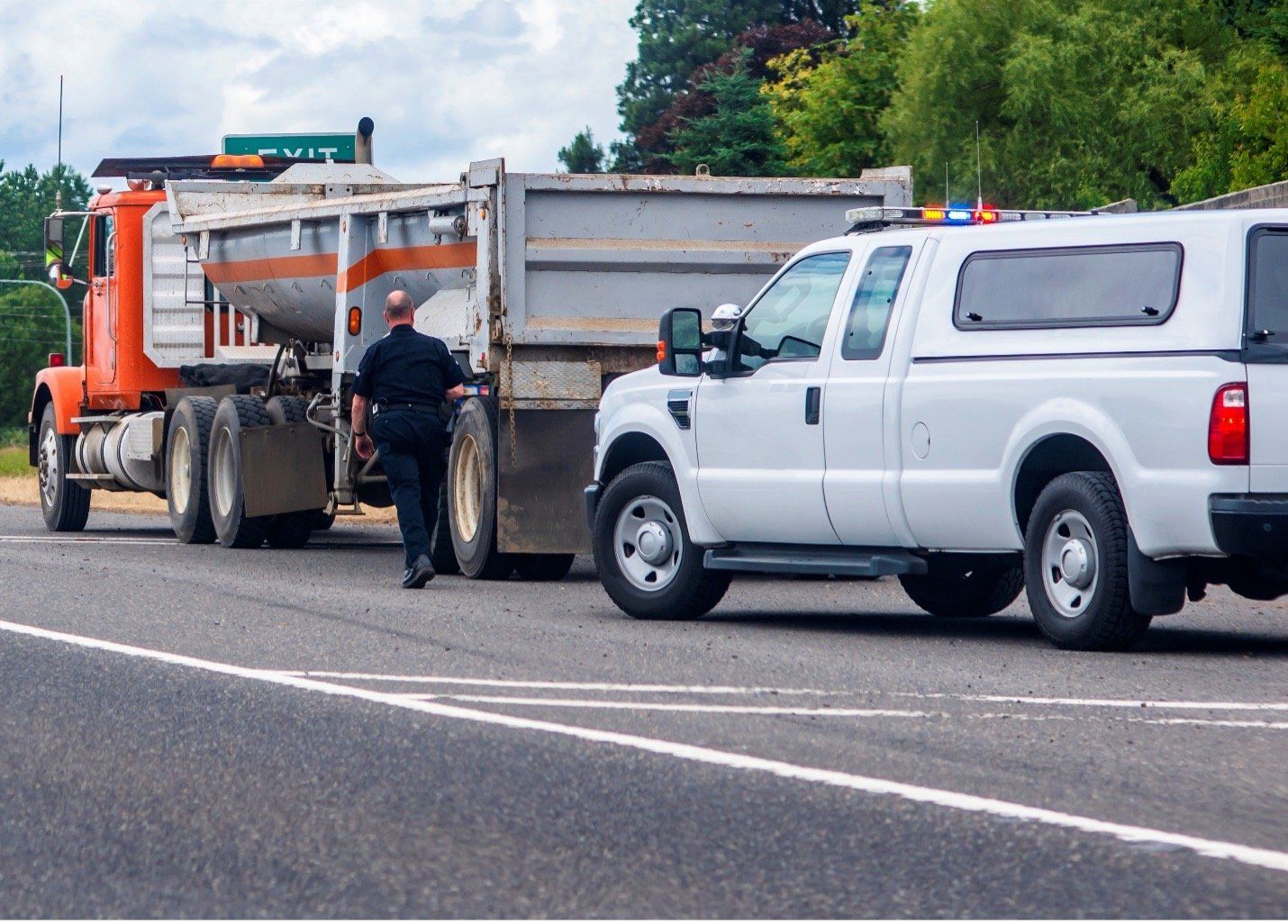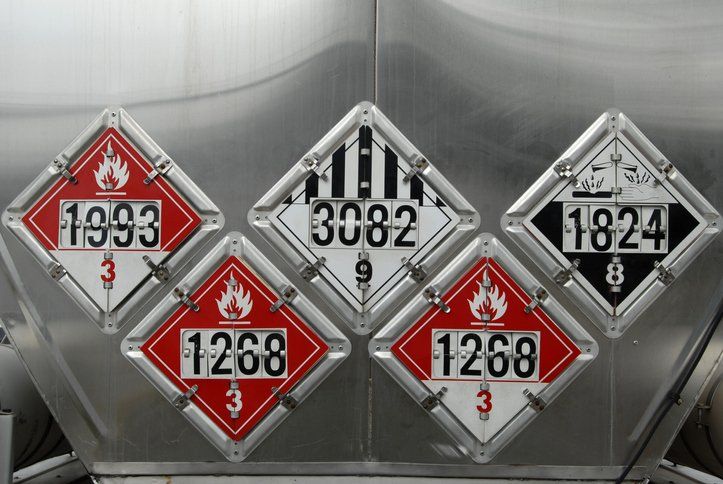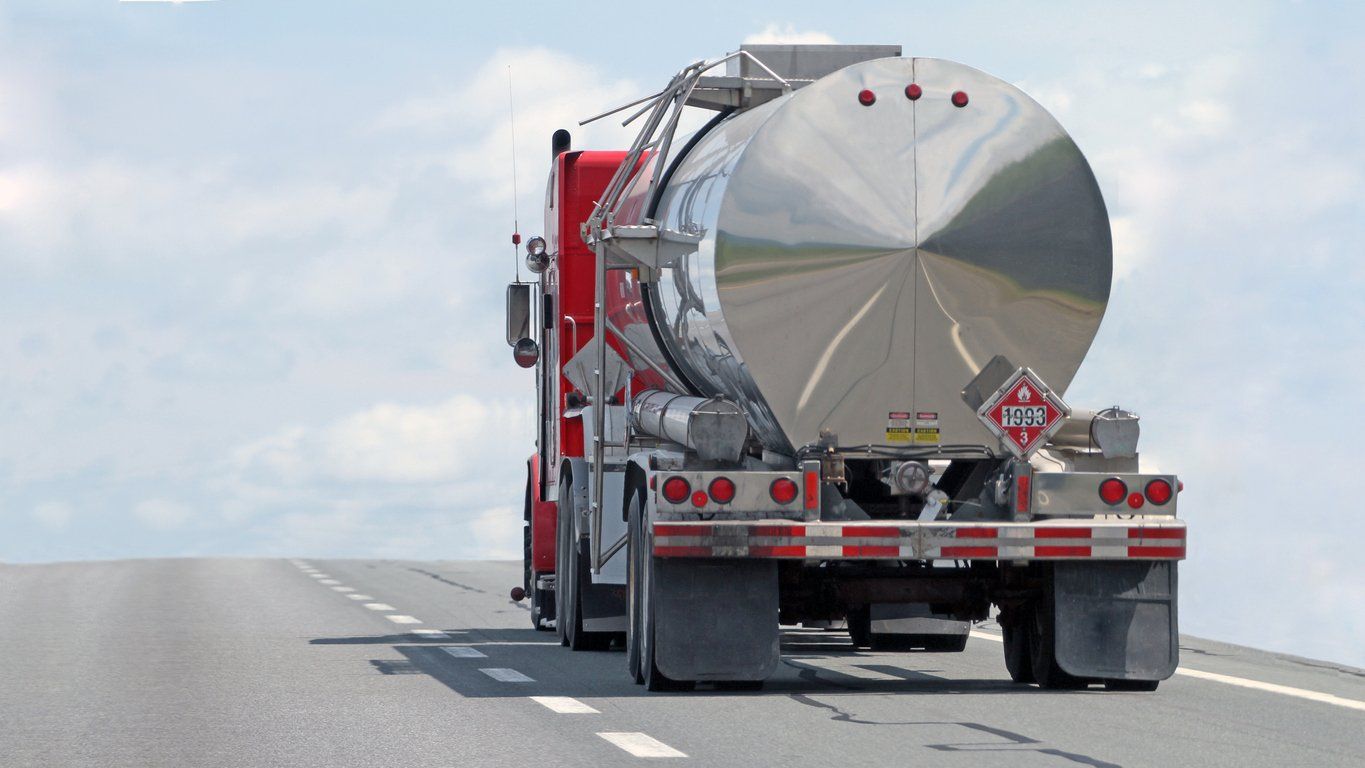Making Sense of DOT Hours of Service Regulations Exceptions
Rules are necessary to have order and function in whichever industry. That is the reason the Department of Transport and its agencies exist. Among the myriad of rules and regulations are the Hours of Service Regulations.
The Hours of Service Regulations are meant to protect you, the driver, and other road users. However, certain situations can make sticking to the rules somewhat impractical. That is why there are Hours of Service Exceptions.
Do you have complete knowledge of what they are? Read on for more information.
What are the Hours of Service Regulations Exceptions?
Through the Federal Motor Carrier Safety Agency, the Department of Transport mandates truck drivers to observe various regulations on truck operations. Among them is the number of hours a driver can work, the hours of service. If you would like to know more about Hours of Service, we have various courses tailored to educate you on what they are.
You can find the hours-of-service exceptions in the sections of the Code of Federal Regulations. These are 49 CFR Sections 390.3, 49 CFR Section 390.23, 49 CFR Sections 390.39, 49 CFR Sections 395.1 and 49 CFR Sections 395.5 among others. But what exactly do the exceptions entail?
Exceptions in the Regulations
Your knowledge of the exceptions or the documentation will be required during an audit, inspection, or investigation. You should be able to cite the exact exception you are trying to use on the Electronic Logging Device or paper log. Here's a quick look at some of the exceptions.
1. Adverse Driving Conditions
It's not always guaranteed that you will be driving under clear skies or even slightly overcast conditions. Your work as a trucker may see you set off with the sun and a warm breeze bidding you goodbye. But treacherous disruptions in the form of snowstorms and heavy rain forming may welcome you with open arms.
The Hours of Service regulations mandate a 14-hour workday limit and an 11-hour driving limit. When faced with adverse driving conditions that cause you to miss a rest stop or prevent you from stopping, you are allowed to extend both the 14-hour workday limit and the 11-hour driving limit by up to two hours.
2. Short-Haul Exception
As a driver, you know that the company you work for is expected to record your duty status to keep tabs on the hours you work in a day and in a week. However, if you are only covering short-haul routes, you will be exempt from this rule.
Ensure that you're operating within the 150 air-mile radius set by the regulations. You also have to return to the location you report to when starting your shift.
Also, drivers are expected to take a 30-minute break when at least 8 hours have elapsed since they came on duty. As a short-haul driver, this rule will not apply if you are within a 150-mile radius of your reporting location while driving vehicles that don't require a commercial driving license.
3. 16 -hour Exception
This exception only applies to drivers who are on a one-day work schedule. You can stretch the official time on duty to 16 hours, but the driving time still remains 11 hours.
Note that you cannot use this exception in conjunction with the adverse weather exception. And a driver may not apply it again until after they have taken a 34-hour break.
4. Industry-Specific Exceptions
The industry you work in may have a few Hours of Service exceptions that set them apart from other industries. For example, Title 49 CFR 395.1 (k) grants exemptions to drivers in agriculture during the planting and harvesting seasons, as well as transportation of agricultural commodities such as fish, livestock, bees, and others.
Other industries that may have specific exceptions include oil & gas, emergency services, as well as utility services. Below is a more complete list of exception categories that you may need to review:
• Adverse driving conditions.
• Emergency conditions.
• Driver-salesperson.
• Oilfield operations.
• Short-haul operations
• Operators of property-carrying commercial motor vehicles not requiring a commercial driver's license.
• Retail store deliveries.
• Sleeper berths
• State of Alaska
• Travel time
• Agricultural operations
• Construction materials and equipment
• Utility service vehicles
• Property-carrying driver
• Commercial motor vehicle transportation to or from a motion picture production site.
• Attendance on commercial motor vehicles containing Division 1.1, 1.2, or 1.3 explosives
• Railroad signal employees
• Covered farm vehicles
• Ready-mixed concrete delivery vehicle
• Transport of commercial bees
• Transport of livestock
• Hi-rail vehicles
• Pipeline welding trucks
Conclusion
It's crucial that, as a driver, you have these exceptions at hand. This way, you can avoid the various penalties that may be levied against you by local and state law enforcement officials.
At Red River DOT Consulting and Training, we have prepared the courses necessary to make you proficient in the Hours of Service regulations and exceptions. Want to start learning?
Start here.







